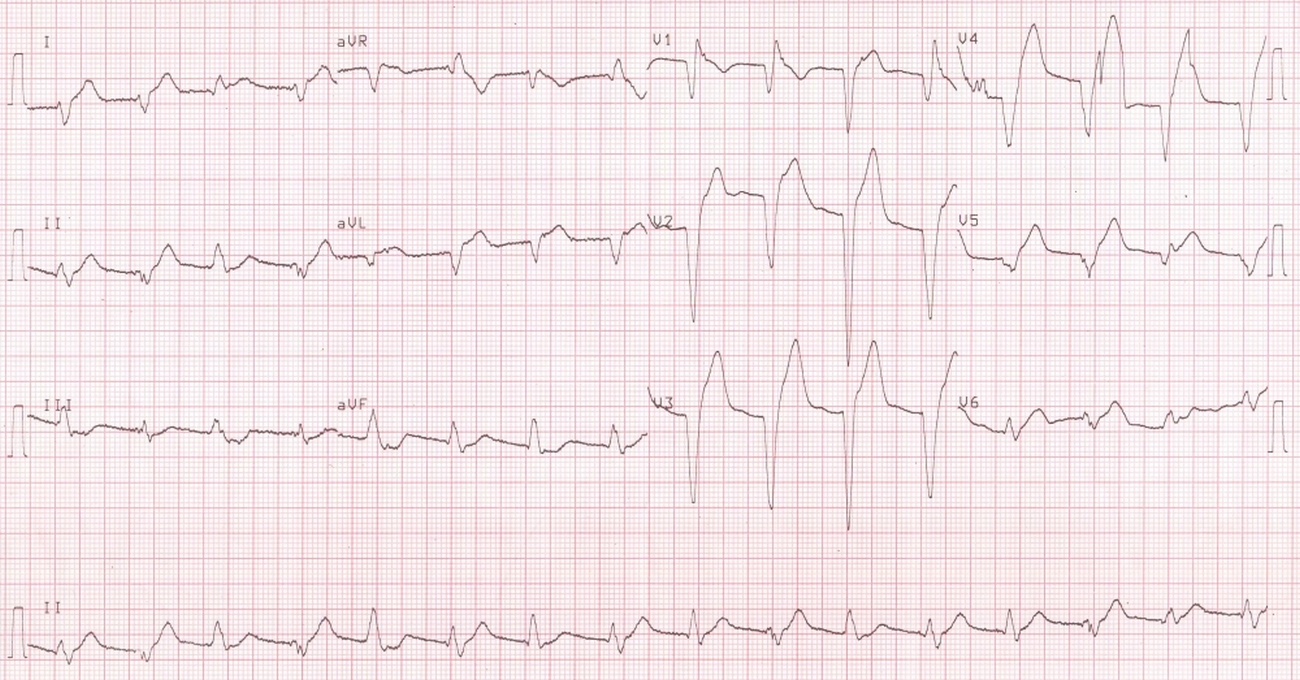What is the treatment of idioventricular rhythm?
Treatment of idioventricular rhythm

Treatment of idioventricular rhythm: Idioventricular rhythm (IVR) is a form of heart rhythm originating from the ventricles. It is recognized in the ECG (electrocardiogram) by a wide QRS complex (representing electrical activation of the ventricles) and absence of preceding P waves (representing electrical activation of the atria). Usually the rate in IVR is slow, of the order of 20 to 40 beats per minute. Idioventricular rhythm occurs either when the dominant pacemaker of the heart (sinus node or sinoatrial node or SA node) is not functioning or when the pulses from the sinus node are blocked at the AV node (atrioventricular node) or below. Treatment depends on whether it has occurred transiently or as a permanent rhythm.
Since it is not a stable rhythm, the heart rate has to be stabilized by pacemaker implantation if the rhythm is permanent. Artificial pacemaker is usually implanted under the skin over the chest and the leads (electrodes) are introduced into the heart through a vein (blood vessel carrying deoxygenated blood to the heart). Artificial pacemaker gives electrical pulses to stimulate the heart whenever it is needed. Temporary pacemaker can be used when the idioventricular rhythm has occurred due to a reversible cause as in a heart attack (myocardial infarction). Idioventricular rhythm can also be accelerated for a short period using infusions of medicines like isoprenaline which accelerate the ventricular rhythm. But the efficacy of isoprenaline infusion is limited and it can sometimes cause more serious disturbances in the heart rhythm.
